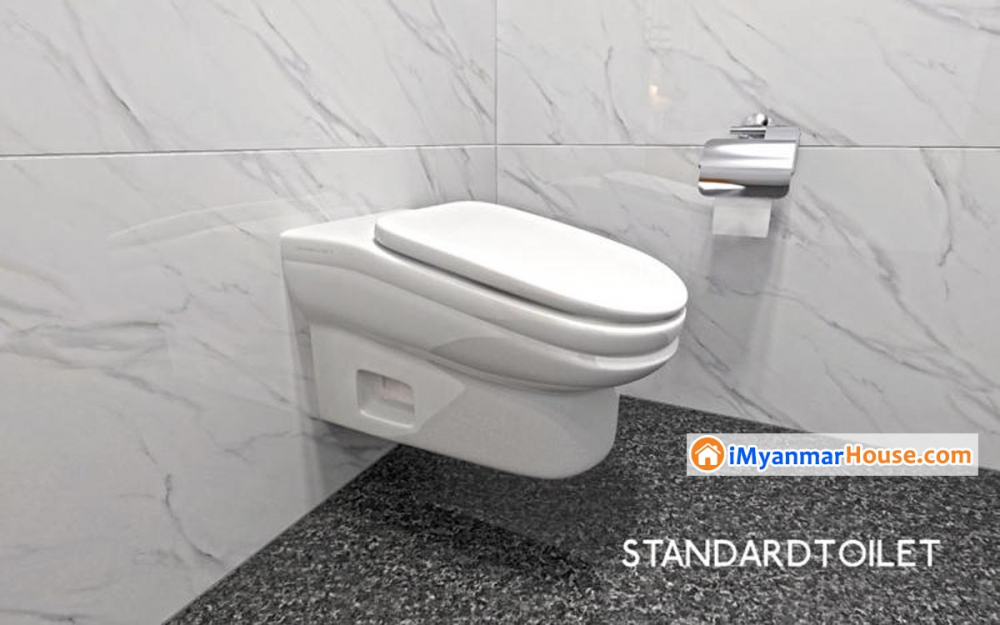
Foreign Property News | Posted by Hnin Ei Khin
Long, relaxing bathroom breaks that allow people to read the news or get up to date with their social media feed may be coming to an end due to a new and controversial toilet seat design that is supposed to make sitting on the toilet for more than seven minutes becomes uncomfortable.
Called the Standard Toilet, the new design thought up by English consulting engineer Mahabir Gill slopes at a downwards angle of 13 degrees forcing the person who is sitting on it to use their leg muscles in order to keep from sliding off. According to its creator, the longest someone can comfortably sit on such a toilet seat is 5 to 7 minutes. Gill said that the 13 angle slant is ideal, as it’s enough to cause some feelings of strain in the users legs, making them want to get up faster than they would from a horizontal toilet seat, but not enough to cause serious health problems. While the designer said that the Standard Toilet was inspired by his personal experience, he also added that it would be a great asset for businesses wanting to maximize employee work hours.

The Standard Toilet has already received the backing of the British Toilet Association (BTA), a not-for-profit association that works “to promote the highest possible standards of hygiene and provision in all ‘away from home’ toilet facilities across the UK”, but has come under fire on social media, where people either joked about ways to “defeat” the design, or flat out called it a disgrace.
“If it is real I think it’s a perfect representation of the disdain capitalism has for workers and for human beings,” one Twitter user wrote, while another jokingly announced plans to patent a cushion that corrects the slope, allowing users to sit comfortably for as long as they like.

While the sloped toilet apparently offers some health benefits to users, like improving posture and lowering the risk of developing hemorrhoids and musculoskeletal disorders, Mr. Gill admits that the main purpose of the Standard Toilet is to reduce employers’ financial losses.
“It is estimated that in the United Kingdom alone, extended employee breaks cost industry and commerce an estimated £4bn per annum.” Mr. Gill said.
Ref: Property Report









